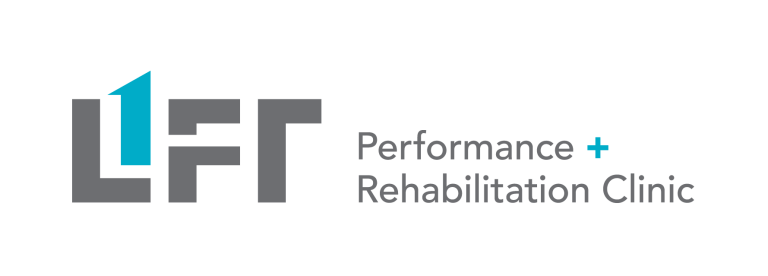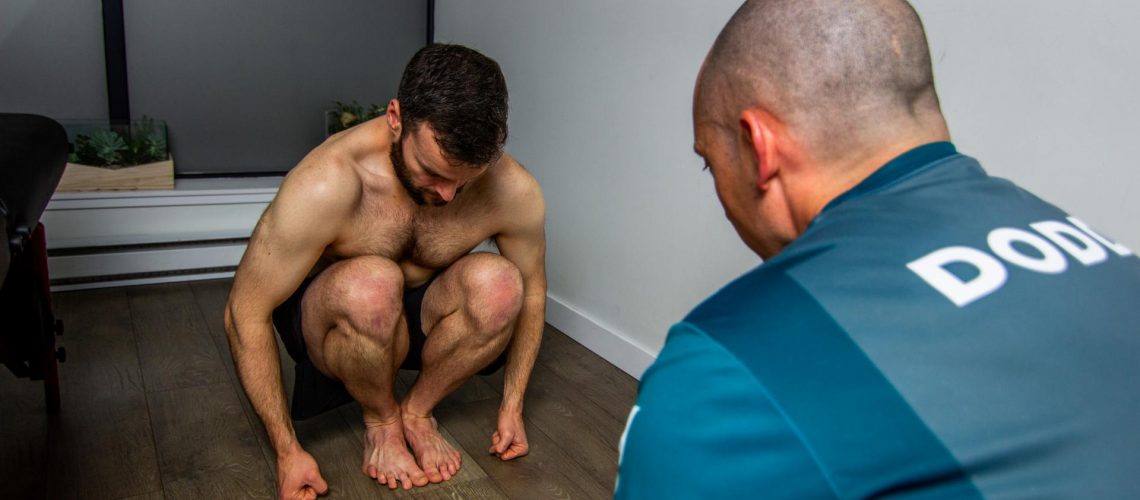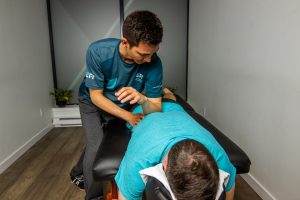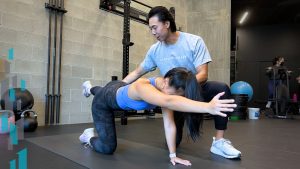Do you feel limited in your squat? Can’t seem to get your thighs parallel to the ground or lower? There are several factors that contribute to a proper squat form or lack-thereof. Here are some tips from a Vancouver physiotherapist to unlock a deeper squat:
1. Unlock Your Ankles
Do your heels come off the ground when you try to squat deeper? Do you notice yourself leaning forward quite a bit as you sink deeper into the squat? You may be lacking the amount of movement required in your ankle joint. Dorsiflexion is the movement of raising your foot upwards towards your shin. In a squat, the dorsiflexion angle can be seen as how far forward your knee goes relative to your toes without your heels lifting. As you squat deeper, the dorsiflexion angle increases.
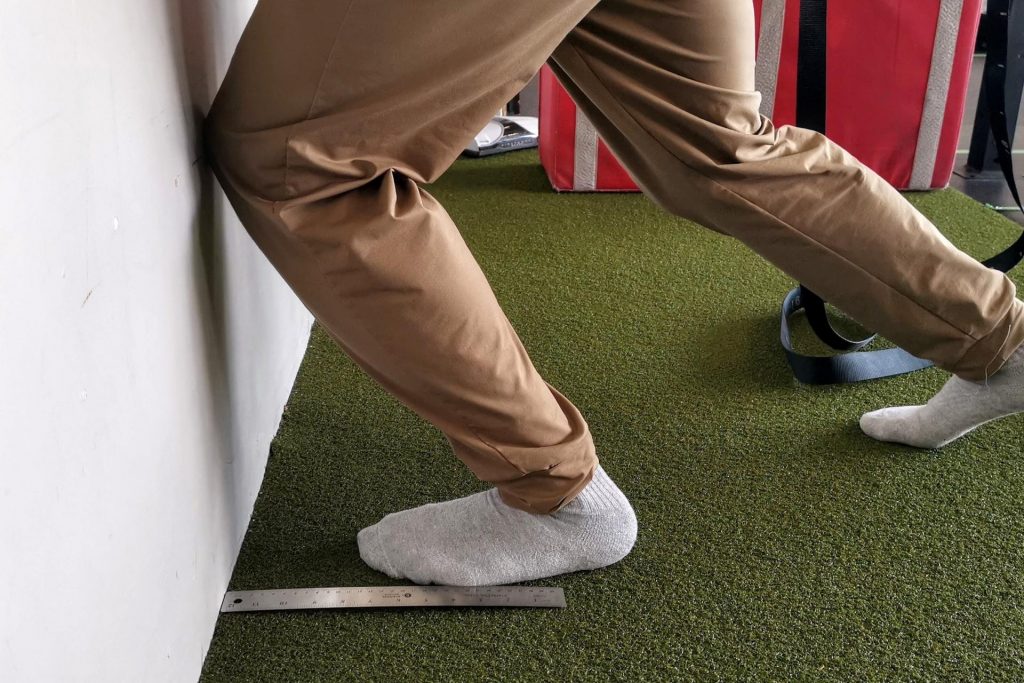
You can assess your dorsiflexion range of motion by doing a knee to wall test. Place your feet about 12cm away from the wall in a half kneeling position. Move your front knee forward towards the wall. If you can touch the wall at 12cm without your heel lifting, then you have enough ankle mobility to do a deep squat. If you can’t, then take notice of whether the restriction is in the back of your ankle (muscle restriction), or the front of your ankle (joint restriction). If it feels like a calf stretch, then you’ll probably make good progress by stretching your calves, foam rolling and taking advantage of massage therapy, physio or chiropractic techniques to loosen up the muscles on the back of the leg. If it feels like a pinch in the front of the ankle, you may have a joint mobility restriction in the ankle joint or foot. Don’t worry, this issue can be addressed and improved with physiotherapy!
2. Improve your Hip Internal Rotation Range of Motion
Do your feet slide and turn outwards as you go deeper into a squat? Do you have hip pain in the front of your hips as you go deeper into your squat? You may be limited in your hip internal rotation range of motion. As you squat down, there is a balance of internal and external rotation of your hips to allow the hip joint and knee joint to move smoothly in a squat. Too much external rotation and the hip joint moves forward too much. Too much internal rotation and the knee caves in too much.
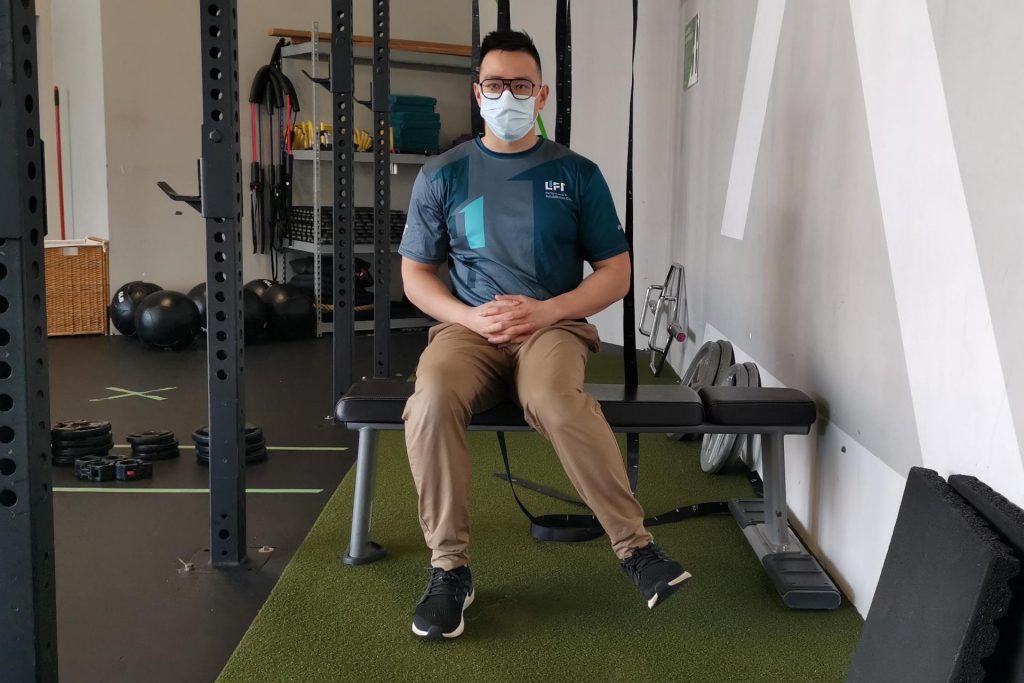
With limited internal rotation, the hip joint “locks up” and reaches the end point before you get to full hip flexion. To test how much internal rotation you have, start in a seated position. Keep your knee pointing straight forward and turn your foot and shin outwards. If you have less than 40 degrees we recommend coming in for an assessment.
3. Gain Control at Different Joint Angles
Do you fall backwards when you reach a certain depth? Are you unable to hold a squat in a certain position? Moving back and forth from a deep squat to standing requires the coordination of your hip extensors (gluteals, hamstrings), knee extensions (quadriceps), and stabilisers to move efficiently through the different joint angles.
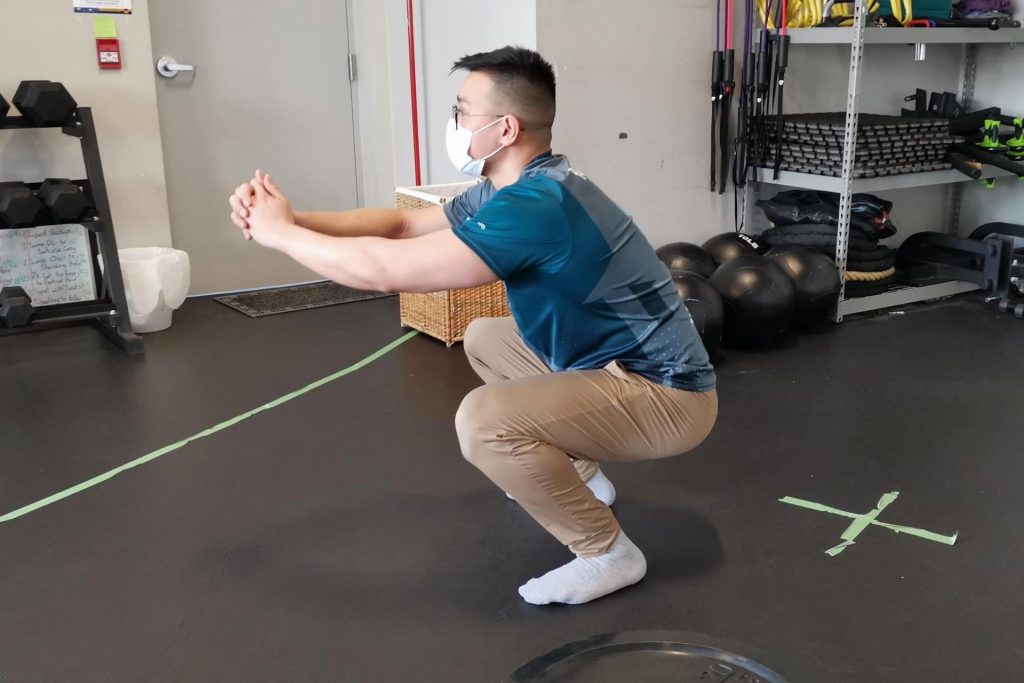
Practicing isometrics is a great way to develop motor control over the different joint angles. Sit on a low chair, set up for your squat position. Try sitting up from the chair slightly and then holding that position for 10 seconds. Come up a little higher, and hold the next position for 10 seconds. Repeat until you get to full standing. If you feel like you have to fall backwards at an angle, just sit down on the chair. Practice isometrics at that specific angle. Our physiotherapists can give assessment and guidance on what exercises may be best for your specific situation.
4. Coordinate for Core stability
Do you find your torso collapses when you squat to a certain depth? Do you feel an increased load on your lower back as you go deeper into the squat? This may be due to the strength and coordination of the muscles in your hip, back and abdomen, or lack thereof. In other words, creating tension and optimal position in the core, learning to hold that stable while moving the hips, knees and ankles.

The stabilizing techniques can be called bracing and breathing, tension breathing, or the canister concept – imagine your core like a cylinder/canister with a top and bottom – we want to square the ribs to the pelvis, create tension 360 degrees around the abdomen, and use specific breath techniques called pursed lip breathing or hiss breath to forcibly exhale. This helps to create all directional stiffness around the spine to help allow it to accept a load without too much movement.
Your legs must be able to move without directly affecting the position lower back. To practice this movement, start by finding your braced position lying down. Then applying it to a dead bug and bird dog position where you move your limbs. Finally apply it to your squat pattern. This can take some coaching and is a common service our physios and chiropractors provide.
5. Familiarize Yourself with the End Position
Does it feel very uncomfortable when you get closer to the bottom of your squat? Try doing supported holds at the bottom position. This can either be done in kneeling, partner assisted, pole assisted, counterbalance weight assisted, or unassisted.
Get to the bottom of your squat position with or without assistance and then hold the position for 1 minute. During this minute, you can turn your knees inwards/outwards, shift your weight left/right or forward/back. Just play around and get used to the position. Try to feel for balanced weight distribution across the whole foot from front to back and side to side – your centre of gravity should be positioned directly over the foot throughout the squat as you move from standing to the bottom and back up again. Challenges in controlling squat depth can have to do with specific muscle weakness at the hip flexors and core, or mobility issues described above.
